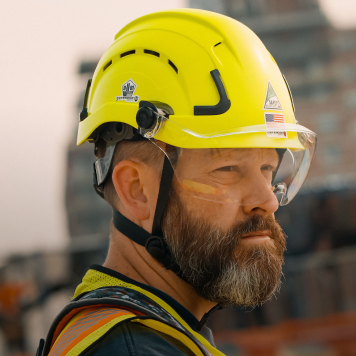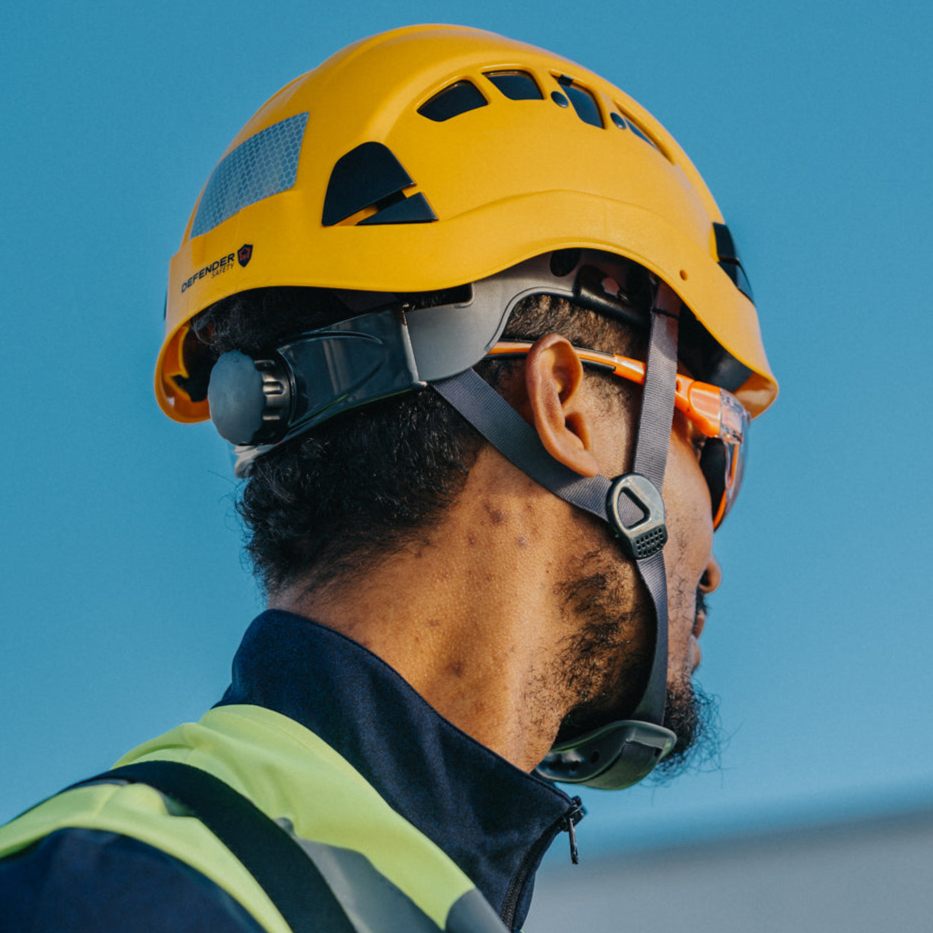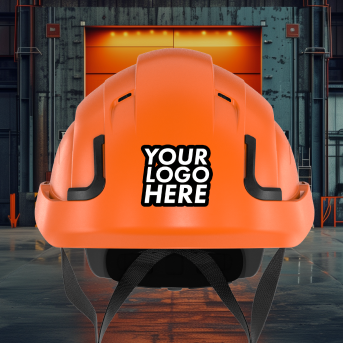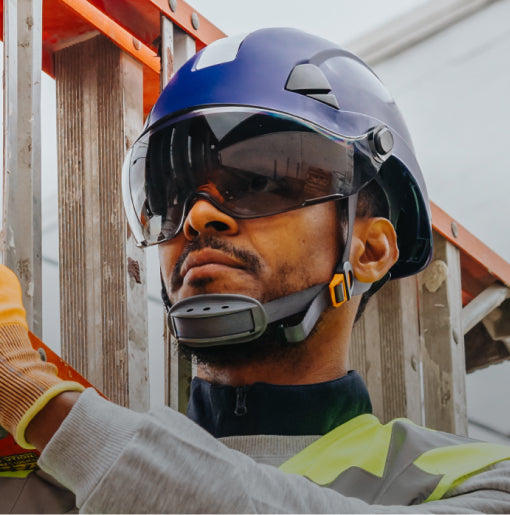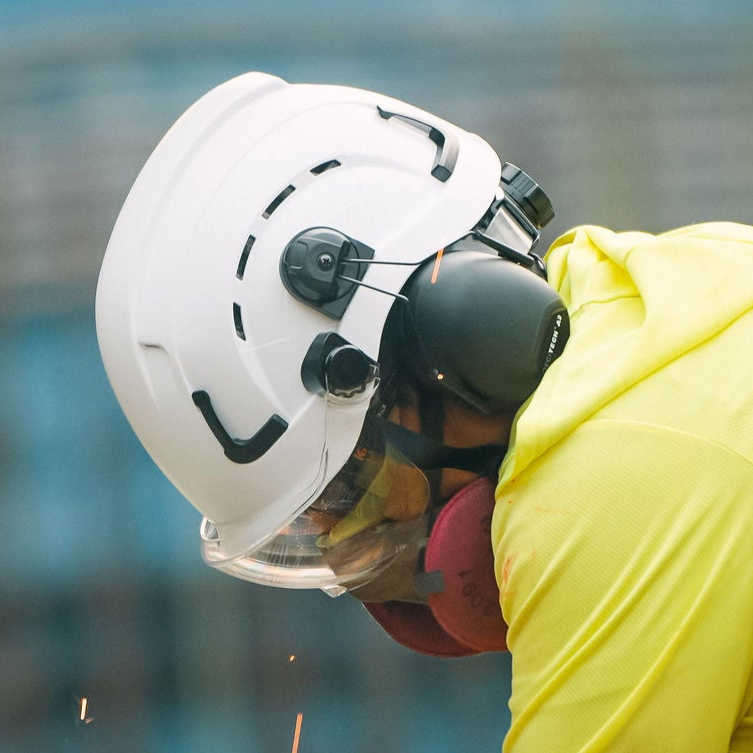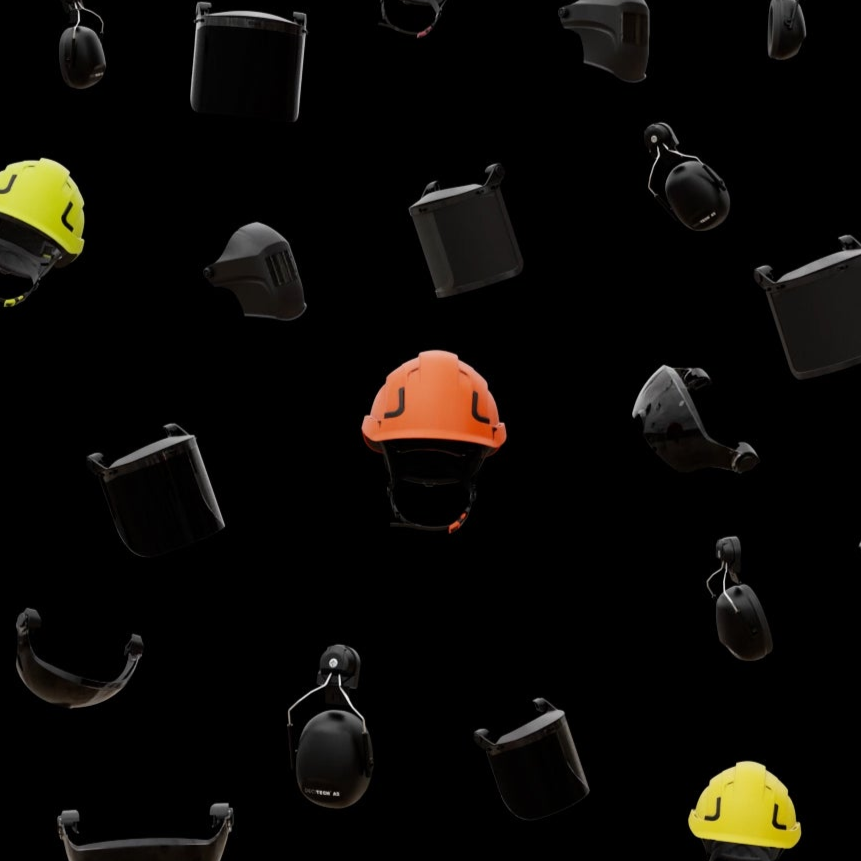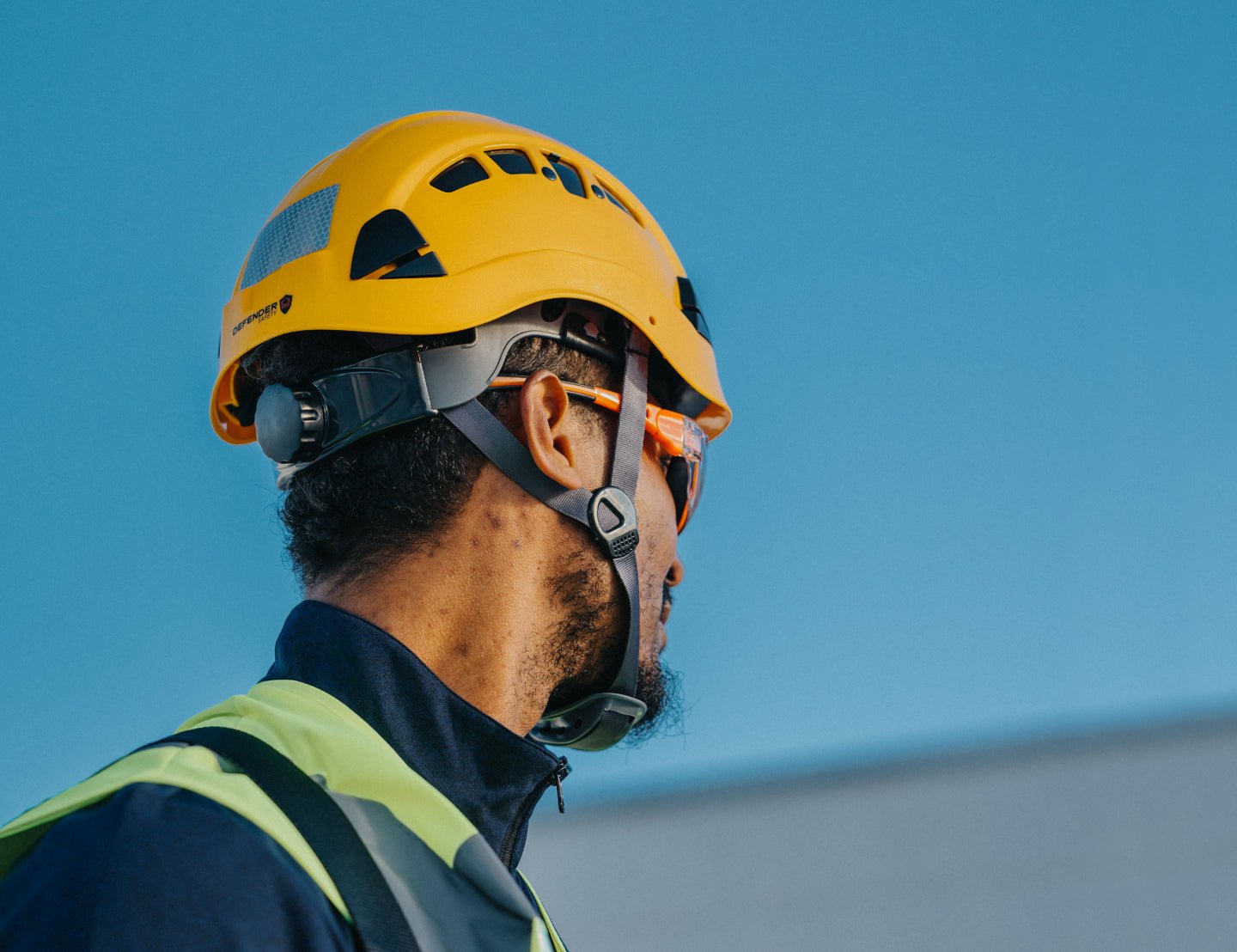In 2016, there were 991 construction-related deaths, according to OSHA. Of those 991 deaths, falls account for 38.7 percent. That means for every one worker struck and killed by an object, more than four others fell to their deaths.
When imagining a fatal fall, some might imagine falling from 50 feet or more. But according to OSHA and NIOSH, nearly 40% of all fall-related deaths happen below 15 feet. That's the average size of a one-story house.
Falls are one of the most common causes of workplace deaths and injuries and can be deadly in certain circumstances. The height at which a fall becomes fatal can vary depending on many factors, including the type of surface a person is falling onto and their body size. Generally speaking, if a person falls from 6 feet or more they have a higher chance of sustaining serious injury or death due to the increased force with which they will hit the ground. Falls from 10 feet or higher is often fatal, as the impact force is so great that it can cause internal organ damage and other severe trauma. The chances of survival and extent of injuries increase for taller individuals due to their body size, but even then fatalities can still occur in some cases. Additional risks also exist from falling onto hard surfaces such as concrete or asphalt, compared to softer surfaces like grass. Falling from greater heights increases these risks even further. Therefore, it's important for employers to take all necessary precautions to ensure their employees' safety when working at heights and provide appropriate protective equipment whenever possible.
What can employers do to prevent these accidents?
OSHA's Tips for Preventing Falls
Plan Ahead
Plan projects in advance. Begin by deciding how the job will be done, what tasks will be involved, and what safety equipment may be needed to complete each task.
When estimating the cost of a job, include safety equipment and plan to have all the necessary equipment and tools available at the construction site. For example, in a roofing job, think about all of the different fall hazards, such as holes or skylights and leading edges, then plan and select fall protection suitable to that work, such as personal fall arrest systems (PFAS).
Are you doing enough to keep yourself safe?
Construction workers must wear fall protection equipment on the job site to protect them from serious or fatal injuries in the event of a fall. This may include items such as hard hats, safety goggles, work gloves, and specialized harnesses with lanyards attached to secure points on-site. These provide workers with an extra layer of security by keeping them linked to the surface they are working on and preventing them from falling off or over an edge. It is important for employers to provide their employees with the correct type of safety equipment for their particular job to make sure that it is effective in protecting them from falls. There should also be a comprehensive training program so that workers understand how to use the equipment properly and safely. Additionally, regular inspections should be done to ensure that all safety equipment remains in good condition and is up-to-date with current standards. When construction workers wear proper fall protection gear while on the job site, they can avoid serious harm and even death if an accident were to occur.
Most importantly, get training!!! SST training can help, contact Defender Safety today for more information.
Defender Safety is a leading innovator in the industrial safety and PPE space. Our products are designed to help workers stay safe while performing their duties. We specialize in safety helmets, fall protection, and gloves, and our products are trusted by professionals all over the world. At Defender Safety, we believe that safety should be a top priority for everyone, and we're committed to providing quality products that keep people safe.

Source: Fatal occupational injuries incurred by workers in the construction industry due to falls to a lower level, 2011-2015.
Bureau of Labor Statistics Injuries, Illness, and Fatalities (IIF). Accessed March 2017.
SHOP FALL PROTECTION
 Source: Fatal occupational injuries incurred by workers in the construction industry due to falls to a lower level, 2011-2015.
Bureau of Labor Statistics Injuries, Illness, and Fatalities (IIF). Accessed March 2017.
Source: Fatal occupational injuries incurred by workers in the construction industry due to falls to a lower level, 2011-2015.
Bureau of Labor Statistics Injuries, Illness, and Fatalities (IIF). Accessed March 2017.


